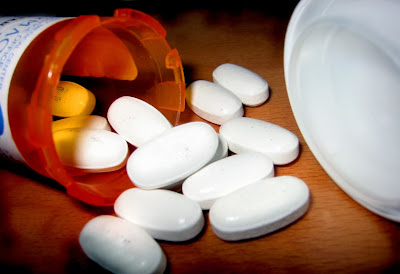After an overreaching proposed ordinance last month which would have made the smell of marijuana illegal in Denver, the city council has given preliminary approval to much looser rules that would allow citizens to smoke pot on their property and even on their front lawns.
The Denver Post reports that marijuana consumption would only be legal on property that is
owned by the marijuana user and also legal where permission has been given by the owner to smoke pot on rented or leased property.The city council is attempting to define what "open and public" consumption will mean for marijuana users in Mile High City. This new proposed rule stands in stark contrast to the original draft from October; which, if passed, would have made the smell of marijuana, or even just the sight of someone smoking marijuana, illegal if it could be smelled or seen by others . It also could have carried a fine of $999 or a year in jail, 7News reported.
Colorado voters passed Amendment 64 last November making the limited sale, possession and growing of marijuana for recreational purposes legal for adults 21 and over. A64 states that adults can possess up to an ounce of pot, can grow as many as six marijuana plants at home (with only three flowering at any given time), but home-grown marijuana can only be for personal use and cannot be sold. However, adults can gift one another up to an ounce of pot.
Backers of A64 said the original proposed ordinance which would criminalize marijuana use in private was unconstitutional.
The final vote on the "open and public" consumption rules will take place in early December. The first retail marijuana shops are expected to open around the state on Jan. 1. 2014.


